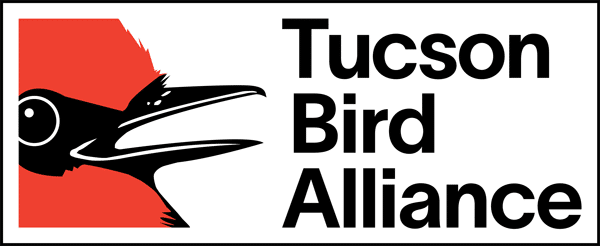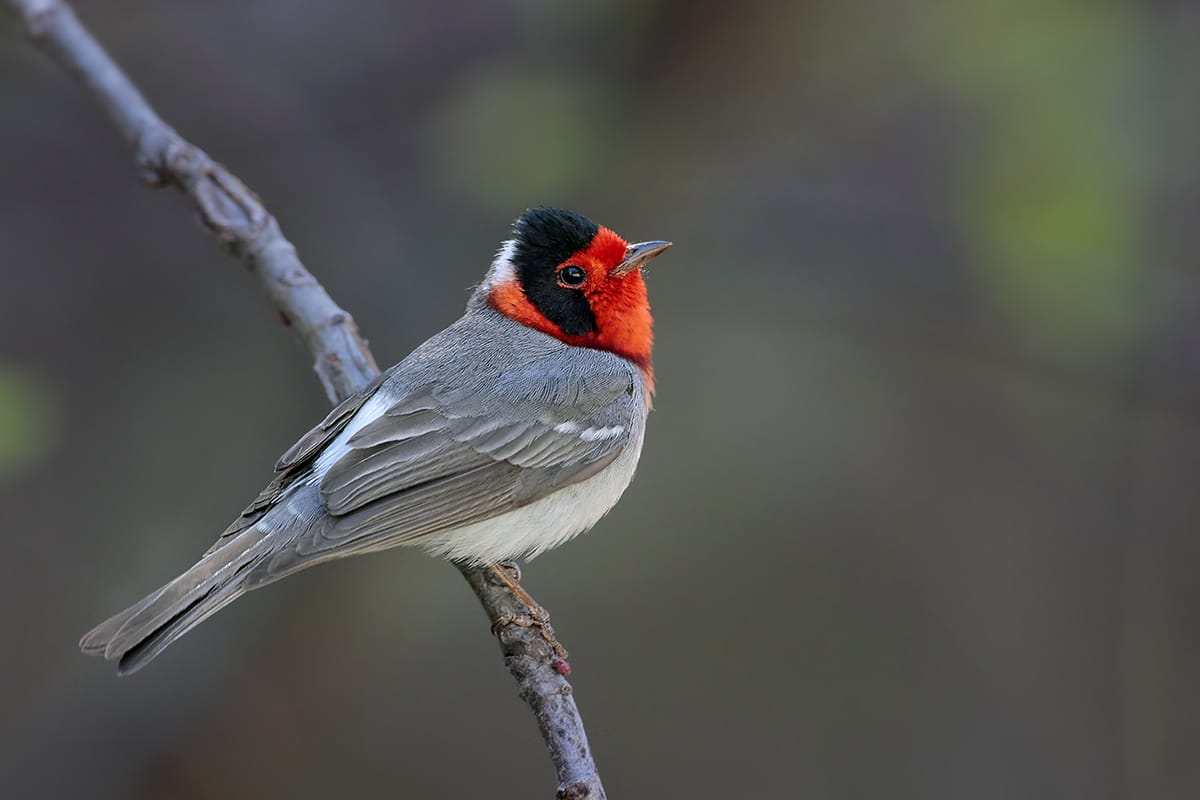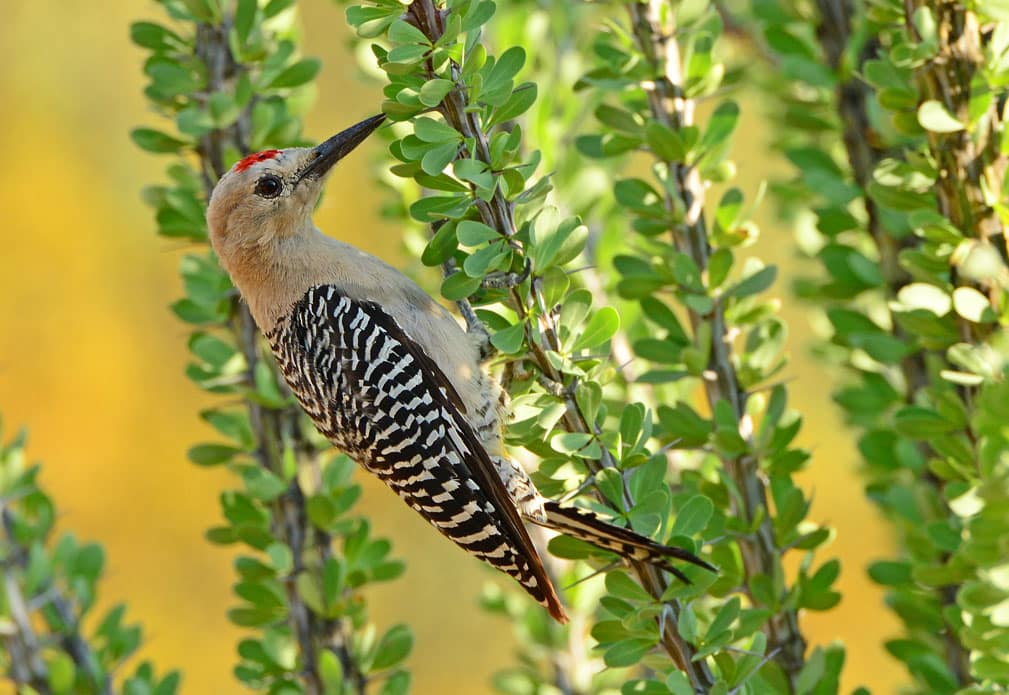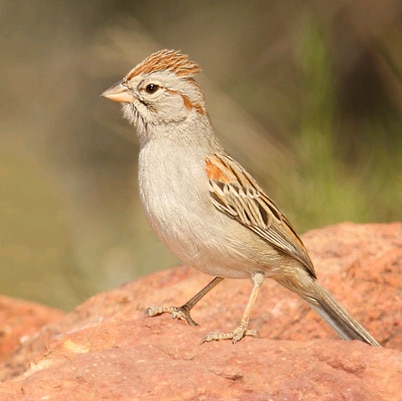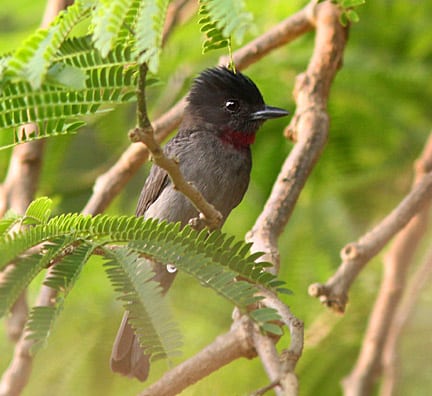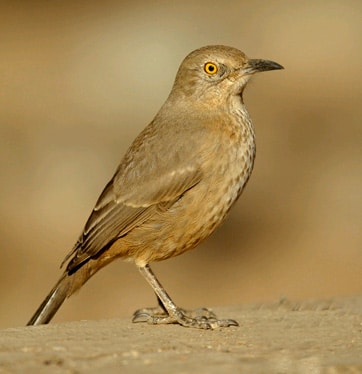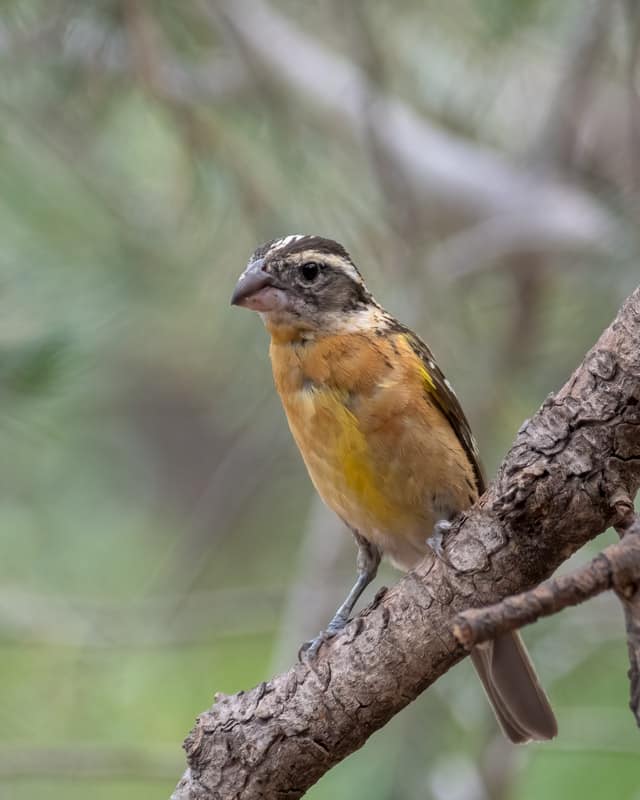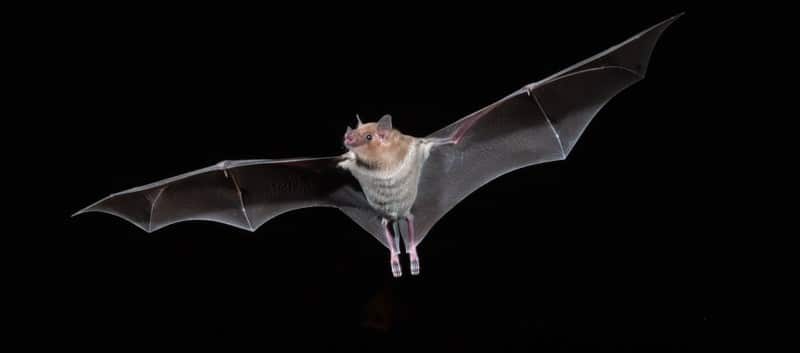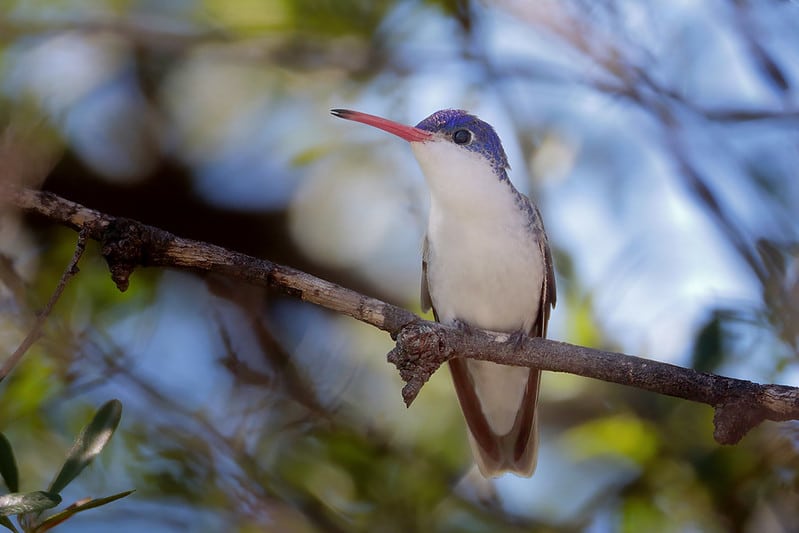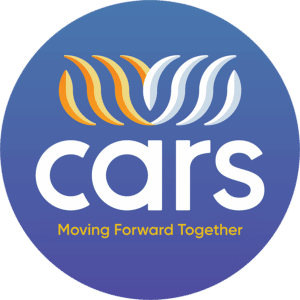Difficulty: Moderate (some walking on mild slopes, drive time to location about 50 minutes on paved roads)
Enjoy birding where Tucson residents escape the summer heat in the small mountain hamlet of Summerhaven. We’ll look for mixed warbler flocks which may include Red-faced, Orange-crowned, Virginia’s, Townsend’s, Hermit, Wilson’s, and Grace’s Warblers. Birding in the conifer forests of Mt. Lemmon can also produce species like Hairy Woodpecker, Steller’s Jay, Mountain Chickadee, and Cordilleran Flycatcher. Back by noon. Limited to 9 participants.
Red-faced Warbler by Greg Lavaty
